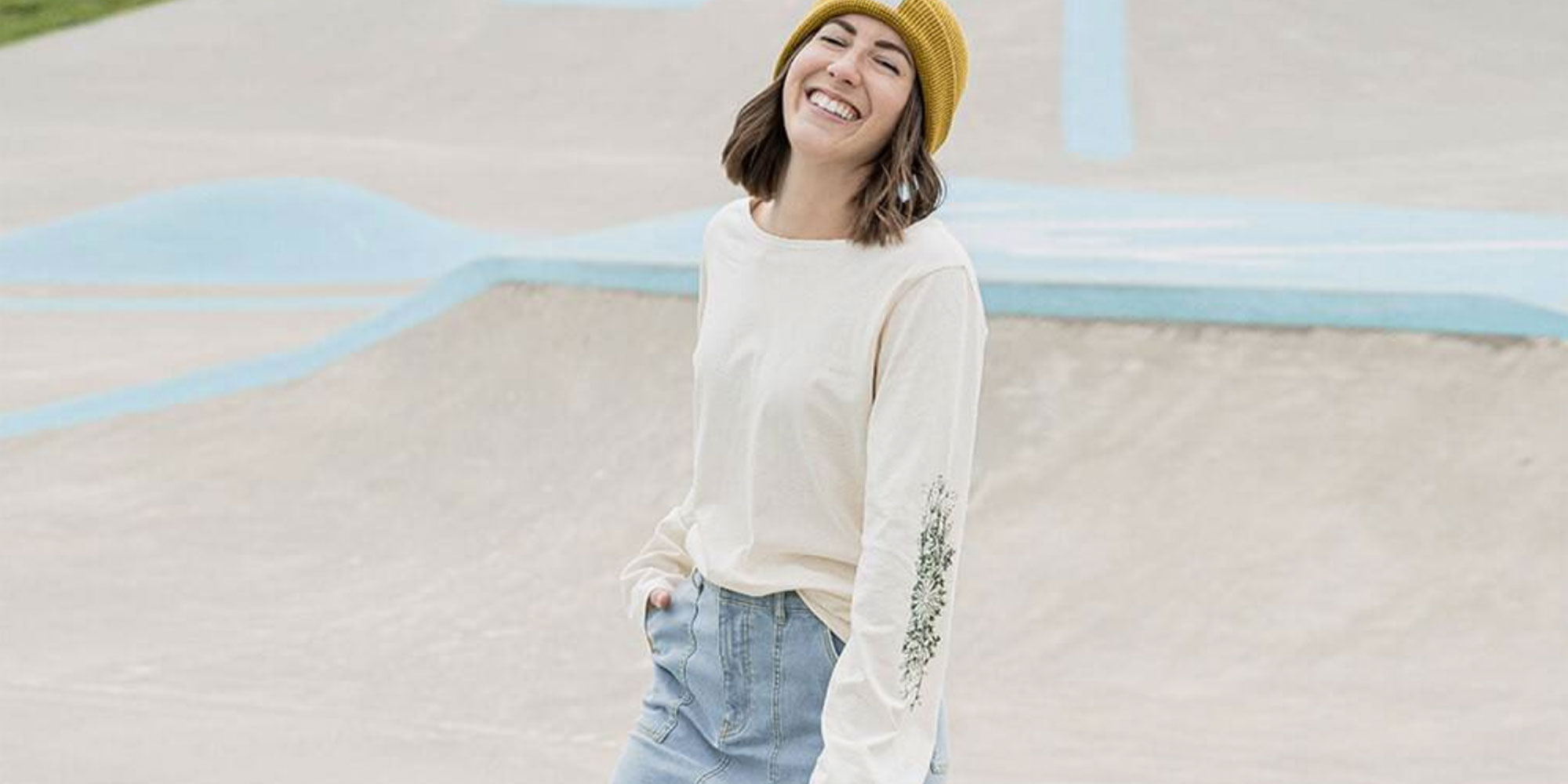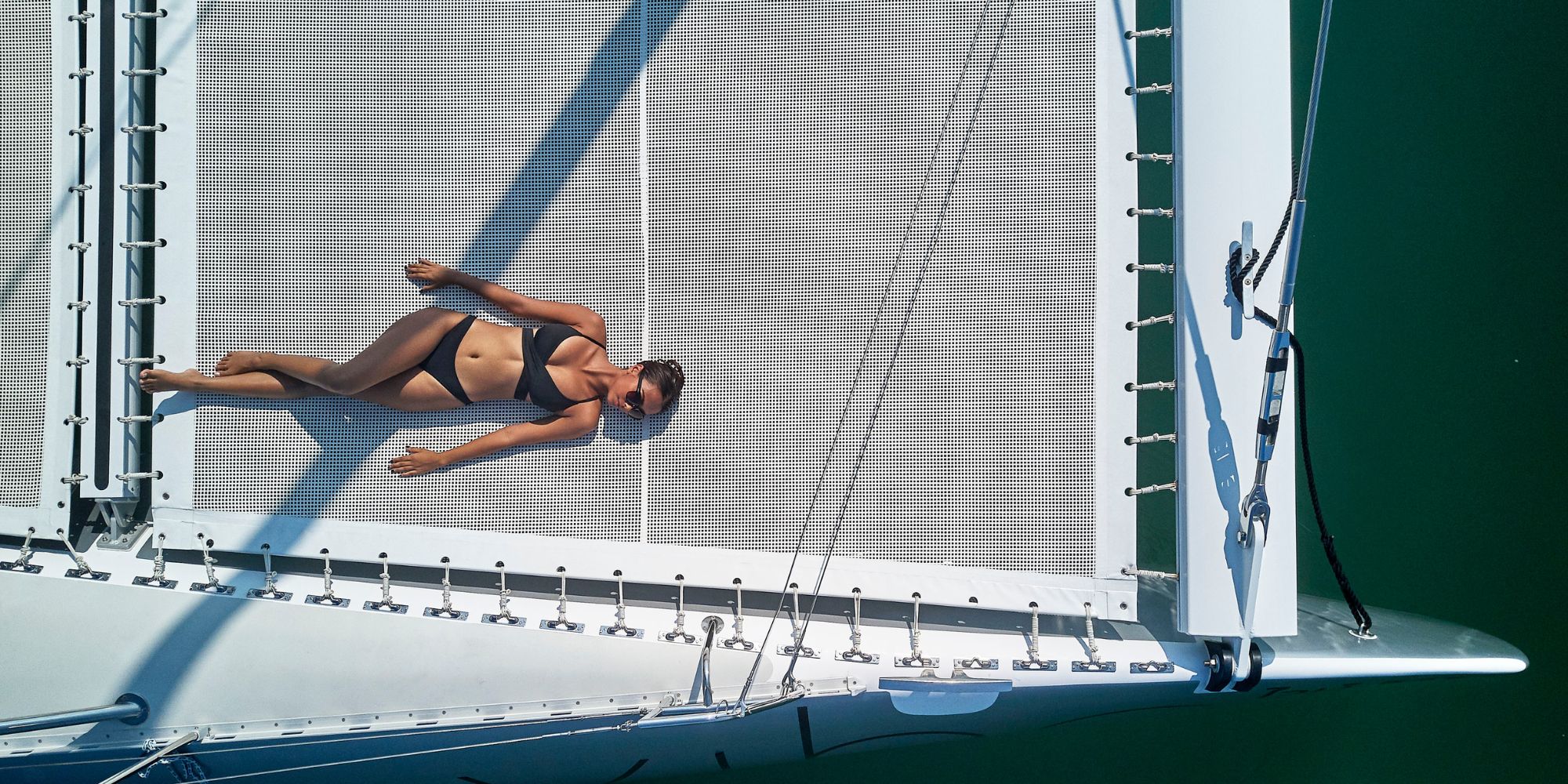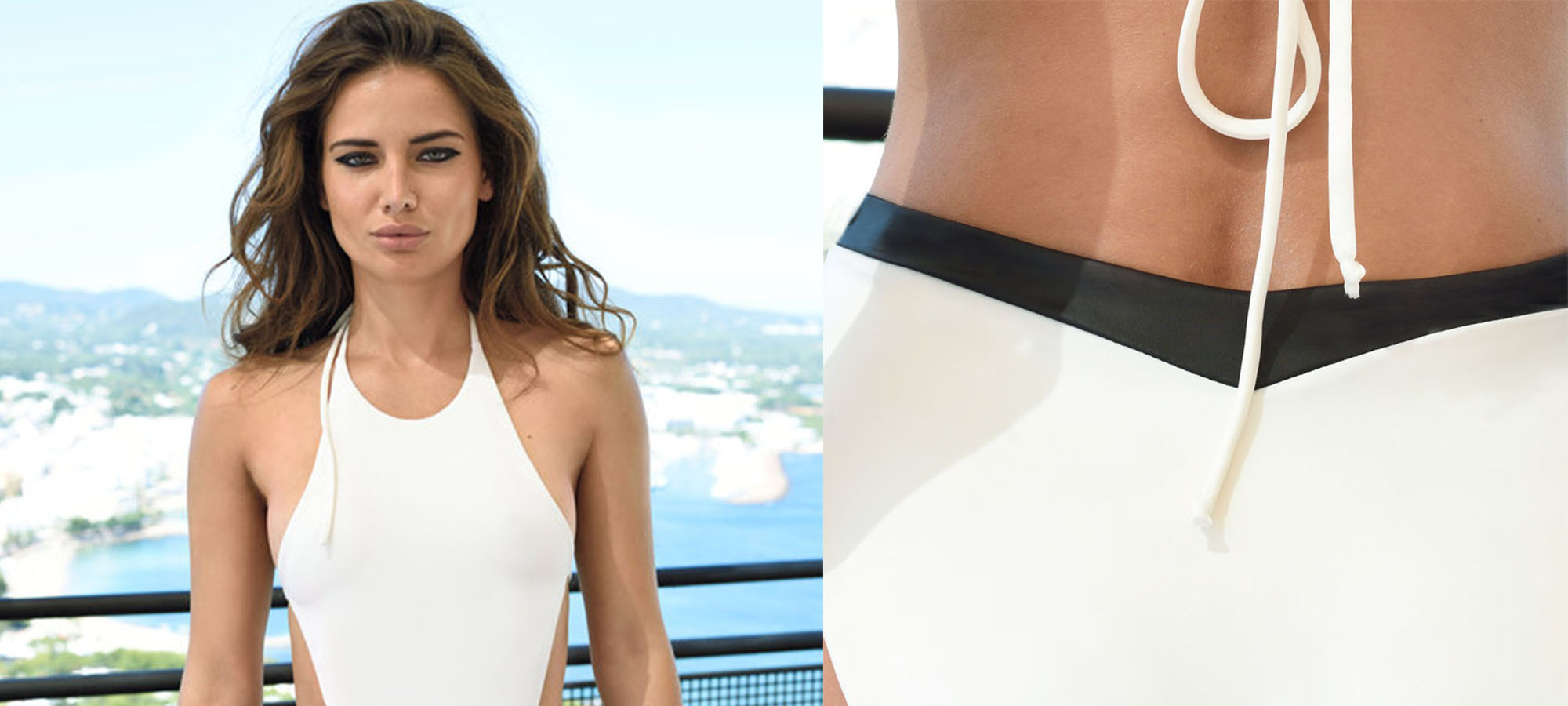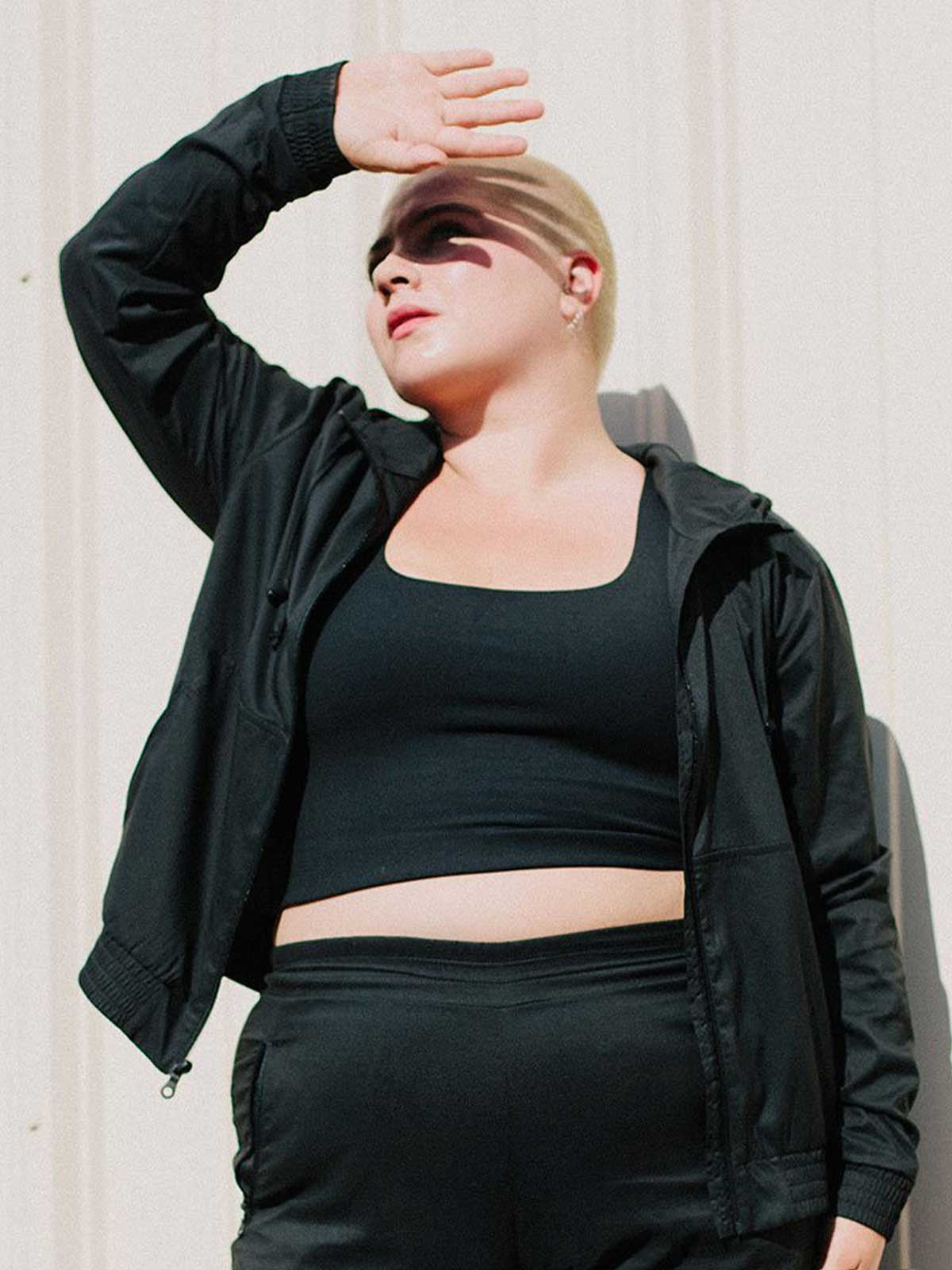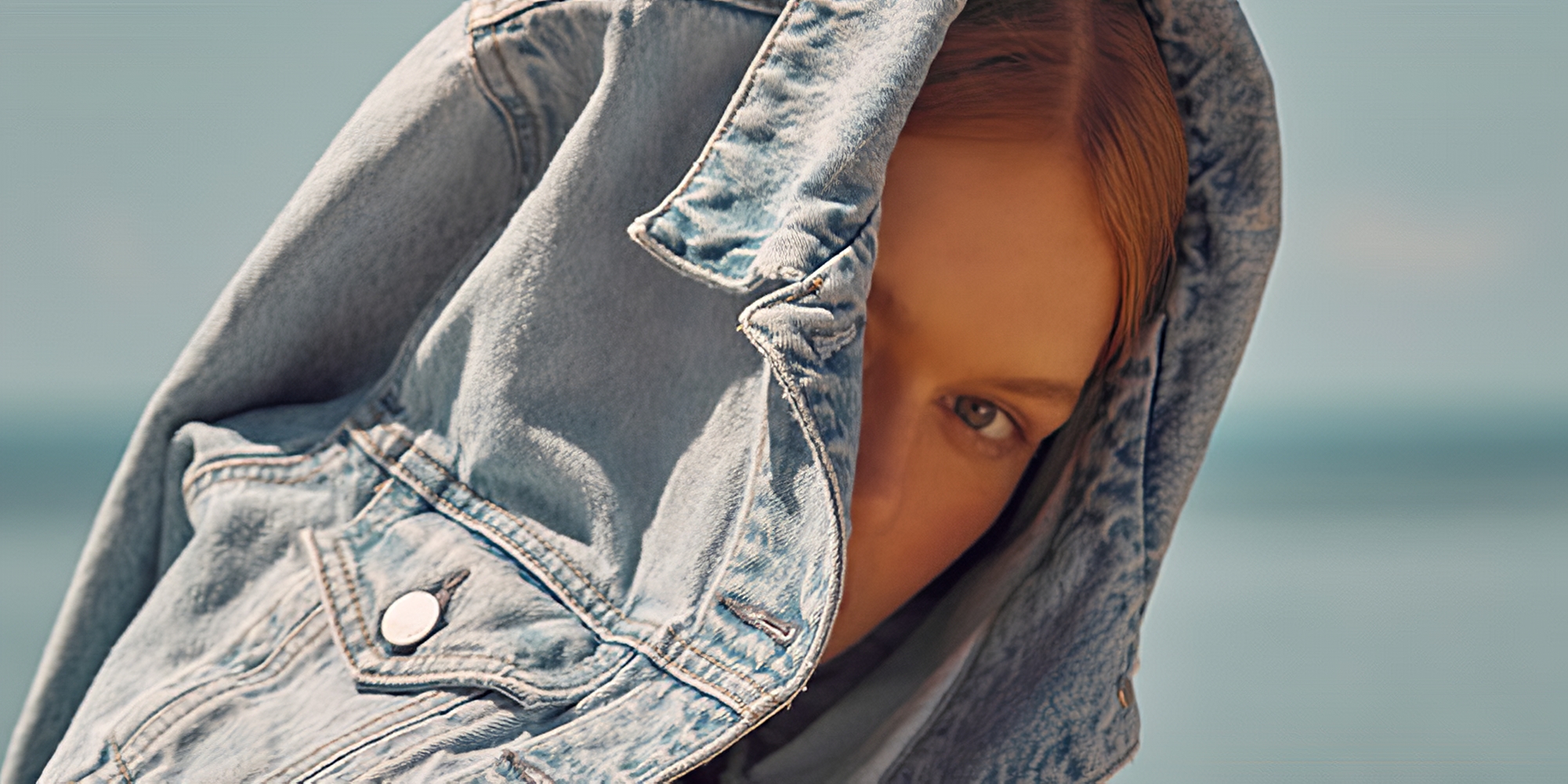I began my relationship with fashion sometime in my early teens. I moved to Australia, signed a modelling contract, and discovered blue-light discos all around the same time. It was all wildly exciting and filled with colour.
As a tiny (but tall) teenibopper in the industry, I watched and learned as trends rolled past and back again. I slowly figured out designer clothing, what I liked and what I didn’t. I named dropped and brand bragged whenever possible. But most importantly, I realised that I really loved getting dressed up—which remains true to this day.
Almost a decade later, sometime in my early twenties, I started a new lifelong relationship.
After returning to the Pacific Islands (still wearing my beloved trendy leathers and patterned polyester), I passionately joined the climate movement. My family have been in Fiji for four generations, and our home is a mere four metres from the high tide mark. Storms have ravaged our shores and have scared me beyond sleep more nights than I care to count. Friends have loved and lost to the changing skies and the deep dark injustices that fuel this crisis. So upon returning home, I became very mad, very quickly.
It was then that I discovered the insidious ignorance I wore upon my back. While I adored being adorned with glitz and glam, I had absolutely no idea about the industry that I had proudly promoted. When I joined Greenpeace as the Head of the Pacific region, I had to put my anger aside and focus on what could get us out of this mess. What needed to change. Who needed to change. How we could help make those changes.
With a heavy heart I learned that the fashion industry is one of the largest contributors to the climate crisis.
The fashion industry is responsible for around 10% of the problem which is the same as all of Russia, Australia, Indonesia and France combined. Or more than international flights and shipping put together.
It’s estimated that around two-thirds of the harmful climate impact over the lifetime of a garment comes at the raw materials stage. What makes it even worse is 65% of all materials made are polyester, which is essentially a plastic. Aside from being a nightmare to biodegrade, it is made from crude oil, and processing the raw material is really energy-intensive. Even natural materials like traditionally farmed cotton contribute hugely to emissions. While cotton’s carbon footprint is lower than that of polyester, the fertiliser used releases nitrous oxide, a greenhouse gas with 300 times more warming power than CO2.
So, what can we do?
We all love clothes because they make us feel great and help us express ourselves. But we also enjoy breathing and living and, you know, having a planet.
In order for fashion to limit its emissions, we all need to help. We need to drastically change the way we buy clothes and ultimately encourage our favourite brands to produce them differently. It’s bizarre that the production of new materials is a huge part of the issue when we already have so much material (and other products) in circulation that we can use instead!
We have been buying clothes at unprecedented rates. Australia’s fast-fashion industry, for example, is booming and has grown 21% in the past five years. Sadly, we are buying faster and binning faster. We currently send over 500,000 tonnes of textiles to landfill every year and even 25% of op-shop clothes end up being tossed.
The most ironic part of this whole catastrophe is that styles and trends are often revivals from past eras. The beautiful thing about the fashion industry is we are comfortable with the idea of bringing things back around. We love to keep things from being forgotten. We already recycle ideas, now we just need to keep the material itself circulating.
The silver lining of how much we have made is that we have a lot we can reuse.
Instead of polluting our skies, our land, our waters and our futures for the sake of re-making something we already have plenty of, let’s show brands that we support them recycling and upcycling. In fact, we prefer it!
This year, as a New Year’s resolution, support brands that reuse offcuts, old attire, plastic bottles, resell vintage, remake, fix and stitch instead of flick! Send a message to all brands that we already have everything we need to have a flourishing fashion industry. We still love getting dressed up but we are also ready and willing to change things up.
#REUSEOLUTION is a pledge to only wear recycled & upcycled in 2020. Sign up at www.reuseolution.org
You can find some of the best brands already using their thinking caps and earth warrior hearts to upcycle and recycle on the GoodOnYou app. Here are some of our favourites:





